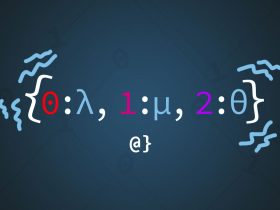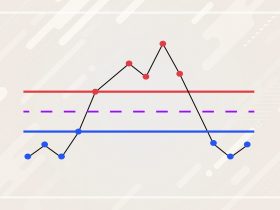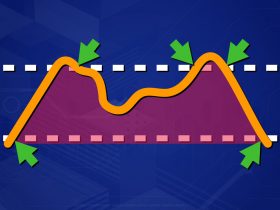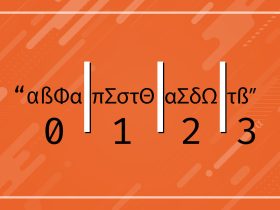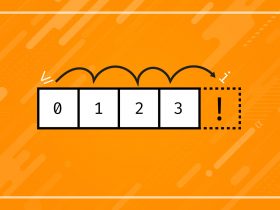The term clock cycle is used in the context of computer processing units (CPUs) to describe the number of electronic pulses per second. These pulses of electricity instruct the CPU to perform a single operation such as loading a value from or storing a value to a CPU register.
Most instructions executed by CPUs are complex and involve the span of many clock cycles. Other mechanisms of instruction execution such as pipelining may result in several instructions being executed in a single clock cycle.
Clock Cycles are measured in cycles per second—hertz (Hz). Modern computing devices often have their clock cycles quantified in millions or billions of cycles per second. These are represented as MegaHertz (MHz) and Gigahertz (GHz) respectively. For example, a 4.0GHz CPU has a clock cycle rating of 4,000,000,000 cycles per second.
The total number of clock cycles can be calculated by considering the total number of instructions and the average clock cycle per instruction as such:





